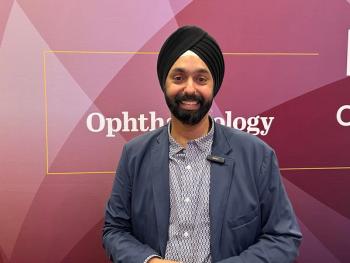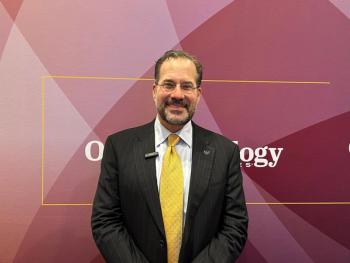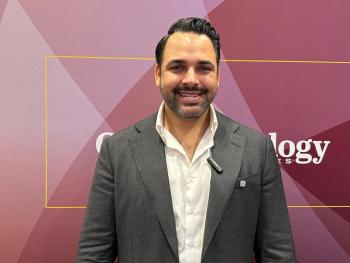
Anterior chamber factors identified for OAG
Anterior chamber depth (ACD) and anterior chamber angle (ACA) were the factors identified relating to the progression of open-angle glaucoma (OAG).
Anterior chamber depth (ACD) and anterior chamber angle (ACA) were the factors identified relating to the progression of open-angle glaucoma (OAG).
A group led by Dr Zhiying Pan, Department of Ophthalmology, Interdisciplinary School of Medicine and Engineering, University of Yamanashi, Chuo Yamanashi, Japan, included 157 glaucoma patients and 26 pseudophakic eye patients used as controls in the analysis.
The team used a scanning peripheral ACD analyzer to assess ACD by numeric grades ACDG 1 to 12 and ACA twice during 2003 and 2008. The exclusion criteria was history of laser or incisional surgery, other ocular diseases that may affect visual field, visual acuity less than 20/30 and treatment with pilocarpine ophthalmic solution.
ACDG and ACA reduced from 7.2±2.3 to 6.5±2.1 and 34.2±12.6 to 28.1±10.3, respectively in the glaucoma patients, but there were no significant changes observed in patients who underwent cataract surgery.
ACD changes were greater at the peripheral region than at the central region and the reduction in ACDG was strongly linked to deep initial ACDG and wide ACA. Rapid visual field deterioration was found in patients that had a shallow ACDG and narrow ACA.
Overall, ACDG and ACA declined with age and initial ACDG and ACA was linked to OAG progression over time.The paper for this study can be found in the
Newsletter
Get the essential updates shaping the future of pharma manufacturing and compliance—subscribe today to Pharmaceutical Technology and never miss a breakthrough.
















































